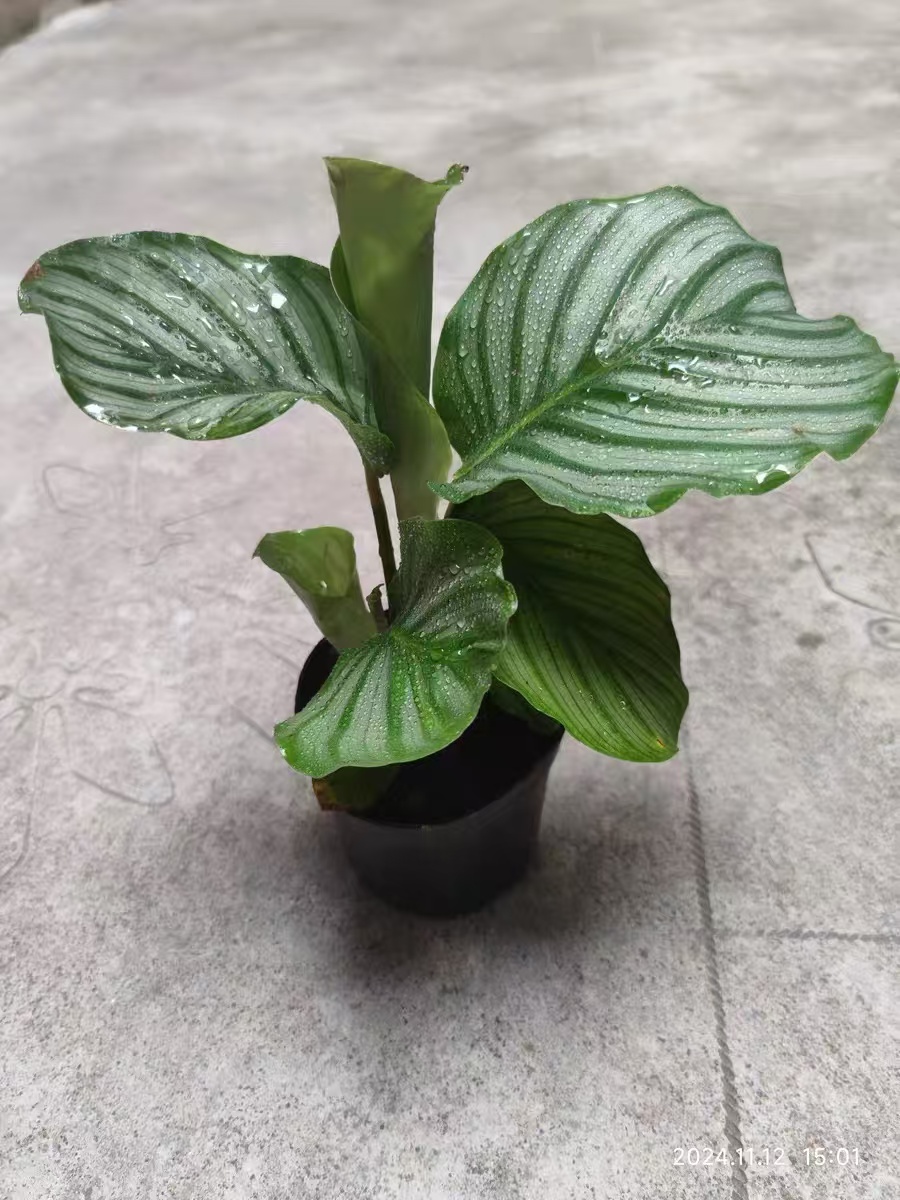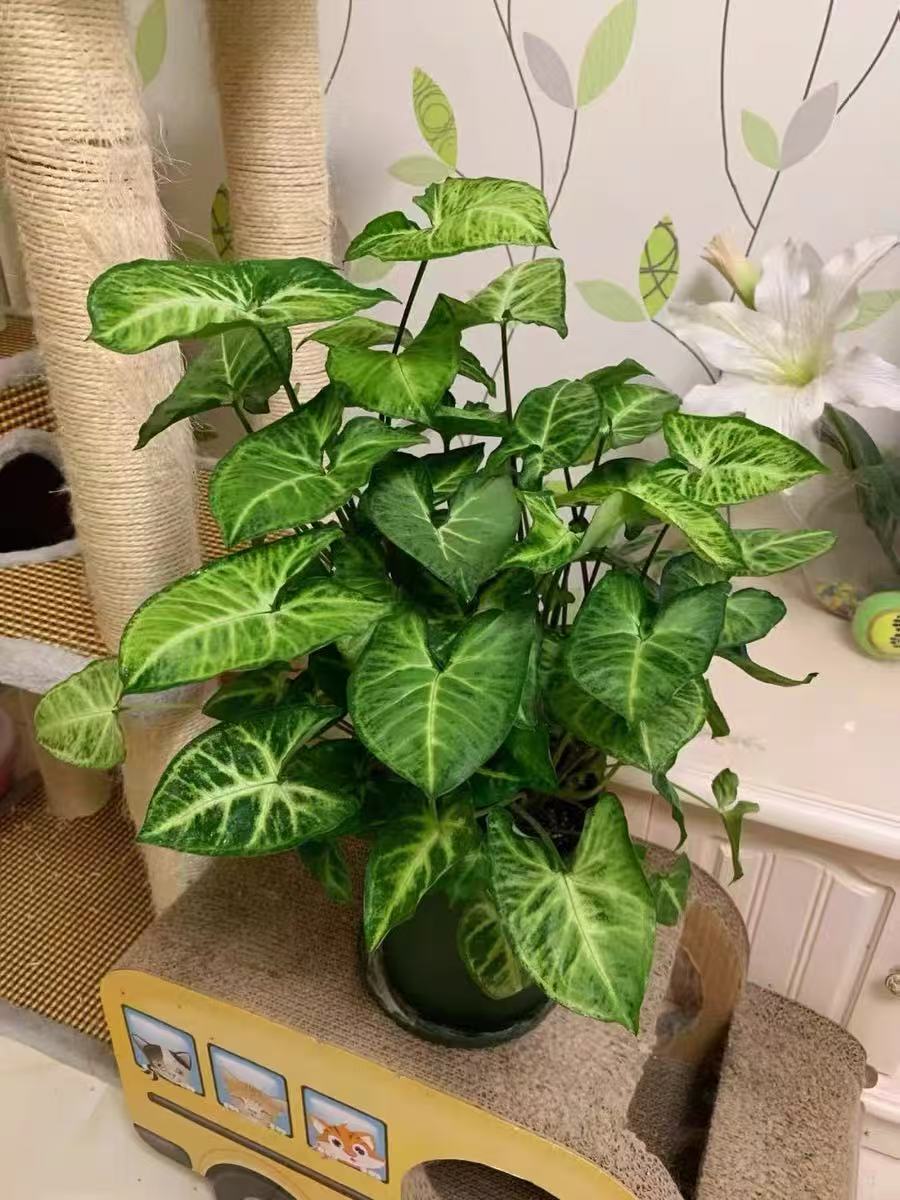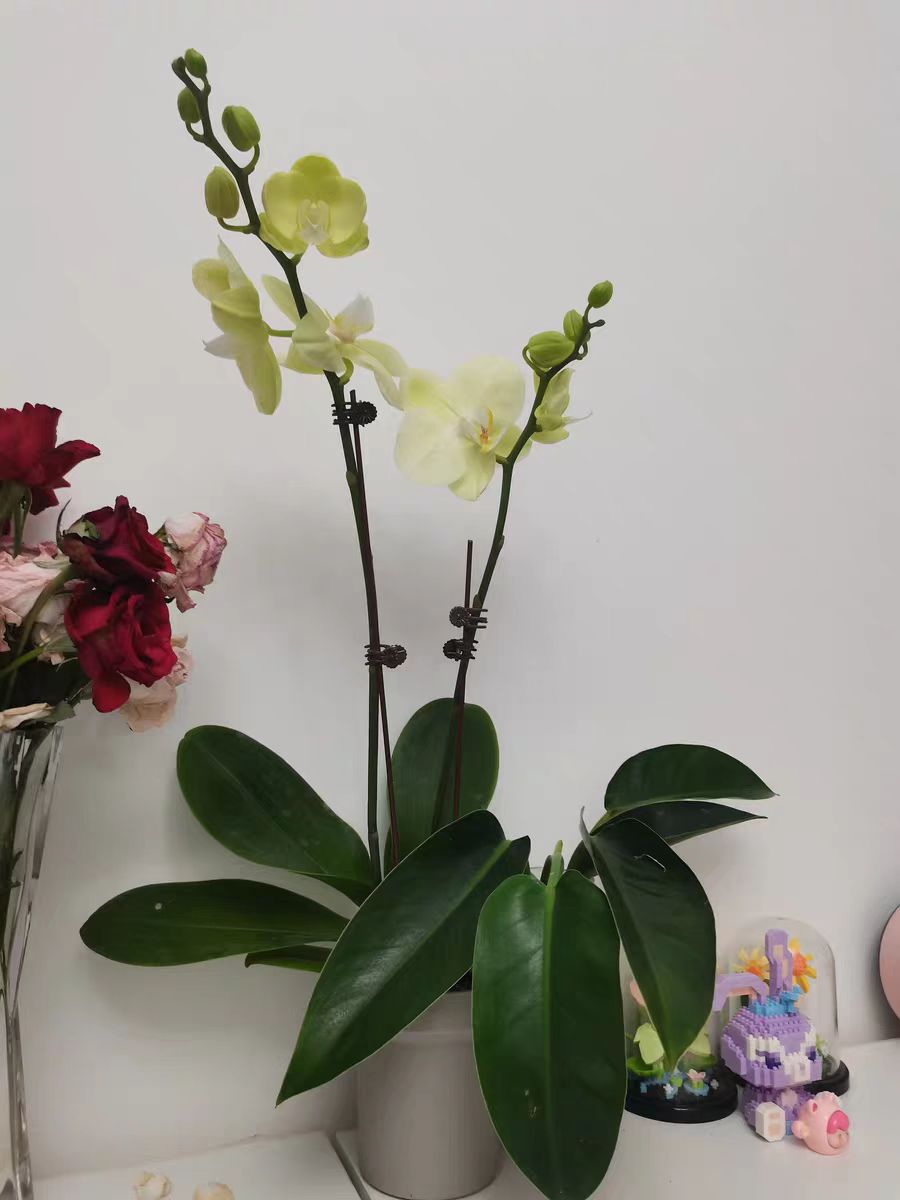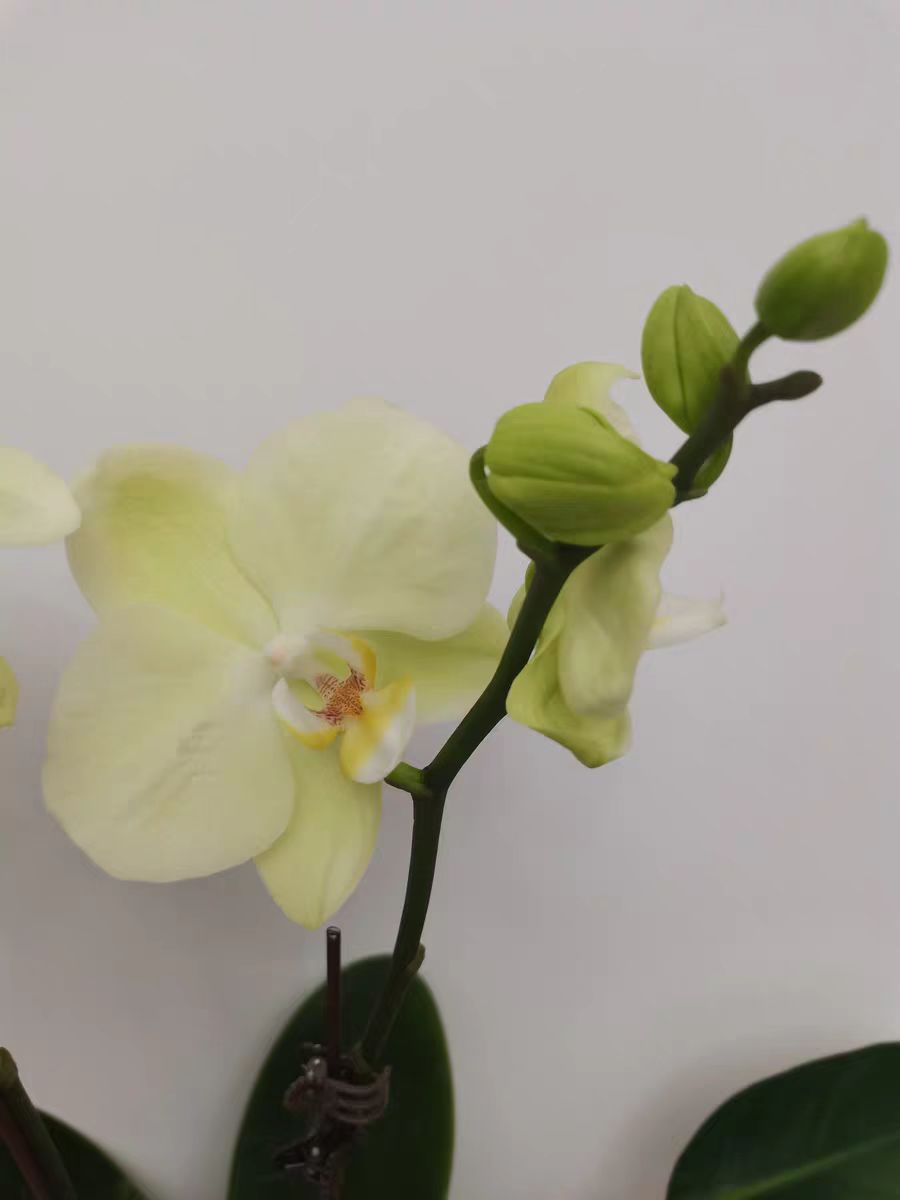As the name implies, herbaceous plants are those with soft stems that do not lignify. They come in a wide variety, ranging from delicate and beautiful flowers to spice plants, and to medicinal herbs. For novice gardeners, growing herbaceous plants is an excellent entry choice. The following are some suggestions for improving the germination rate of herbaceous plants and solutions to common problems, hoping to help novices better carry out sowing and cultivation.
Skills for Improving the Germination Rate
Selecting High-Quality Seeds
Purchase from Regular Channels: Ensure that the source of the seeds is reliable. Give priority to purchasing seeds through regular channels to avoid buying fake or low-quality seeds. Choose seeds that are plump in appearance, with intact seed coats, and preferably coated, as such seeds have a higher survival rate.
Soil Selection and Treatment
Herbaceous plants prefer loose and breathable soil. You can mix nutrient soil and garden soil and add sand, vermiculite, etc. to increase air permeability. Select the soil acidity and alkalinity according to the preferences of the plants. For example, Kalanchoe blossfeldiana, Jasmine, etc. like acidic soil, while Lathyrus odoratus, Gazania rigens, etc. prefer alkaline soil.
Sowing Depth and Light
• Light-Loving Seeds: For seeds that require light to germinate, such as Petunia hybrida, Pentas lanceolata, etc., they should be scattered on the surface and covered with a thin layer of soil (0.3 - 0.5 cm). For seeds that require a dark environment to germinate, such as Salvia splendens, Antirrhinum majus, etc., the soil covering should be thicker (2 - 3 cm).
Temperature and Humidity Management
Maintain a suitable temperature range after sowing, generally between 25 - 30 °C, to avoid the influence of excessively high or low temperatures on germination. Keep the soil moist but avoid waterlogging to prevent the seeds from rotting.
Common Problems and Solutions
Seeds Not Germinating
Check Seed Quality: Ensure that the seeds are not expired and are stored under good conditions (dry, cool, and dark).
Improve Sowing Conditions: Adjust the sowing depth, light, and temperature conditions to ensure that they meet the requirements of the seeds.
Seedlings Elongating Excessively
Control Water and Fertilizer: Avoid excessive watering and fertilizing during the seedling stage to prevent excessive elongation.
Increase Light: After the seedlings emerge, gradually increase the light exposure time to promote the healthy growth of the plants.
Thinning: Do not sow too densely. After the seedlings emerge, thin them in a timely manner to maintain an appropriate plant spacing.
Seedlings Suddenly Wilting
Check Moisture: Keep the soil moist but avoid waterlogging. When watering, the water temperature should be appropriate, avoiding too cold or too hot water.
Temperature Management: Avoid the harm caused by high or low temperatures to the seedlings and maintain a suitable temperature range.
Pest and Disease Control: Regularly check whether the seedlings are attacked by pests and diseases and take timely measures to prevent and control them.
Gardening is a hobby that requires patience and carefulness. Don't be discouraged by initial failures. Every master gardener started as a novice. Practice more and observe more, and you will surely become more proficient. Believe that before long, you will be able to enjoy the joy of harvest.
How to Improve the Germination Rate When Novice Gardeners Sow Herbaceous Plants?

Share with
Tagged in :




Leave a Reply